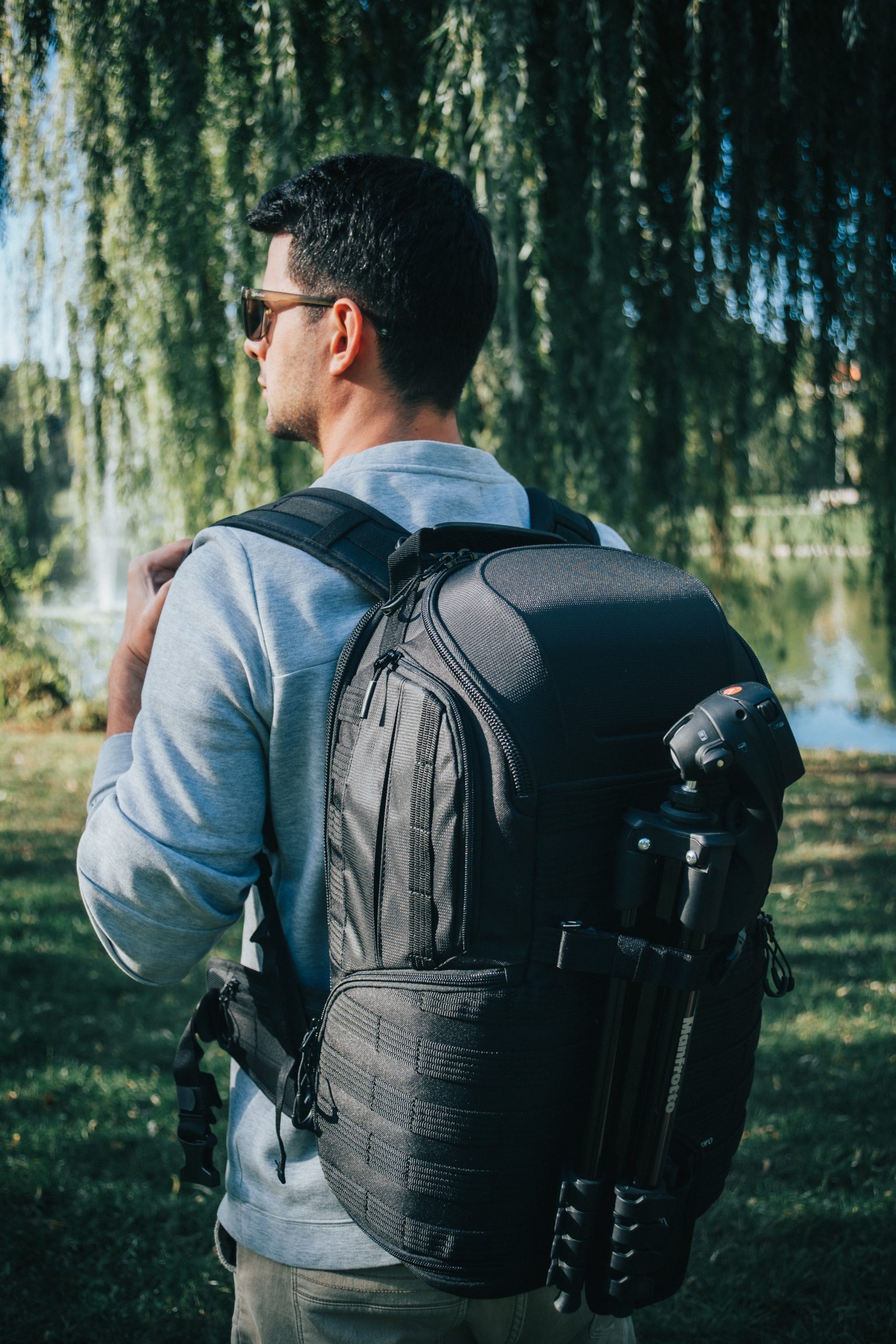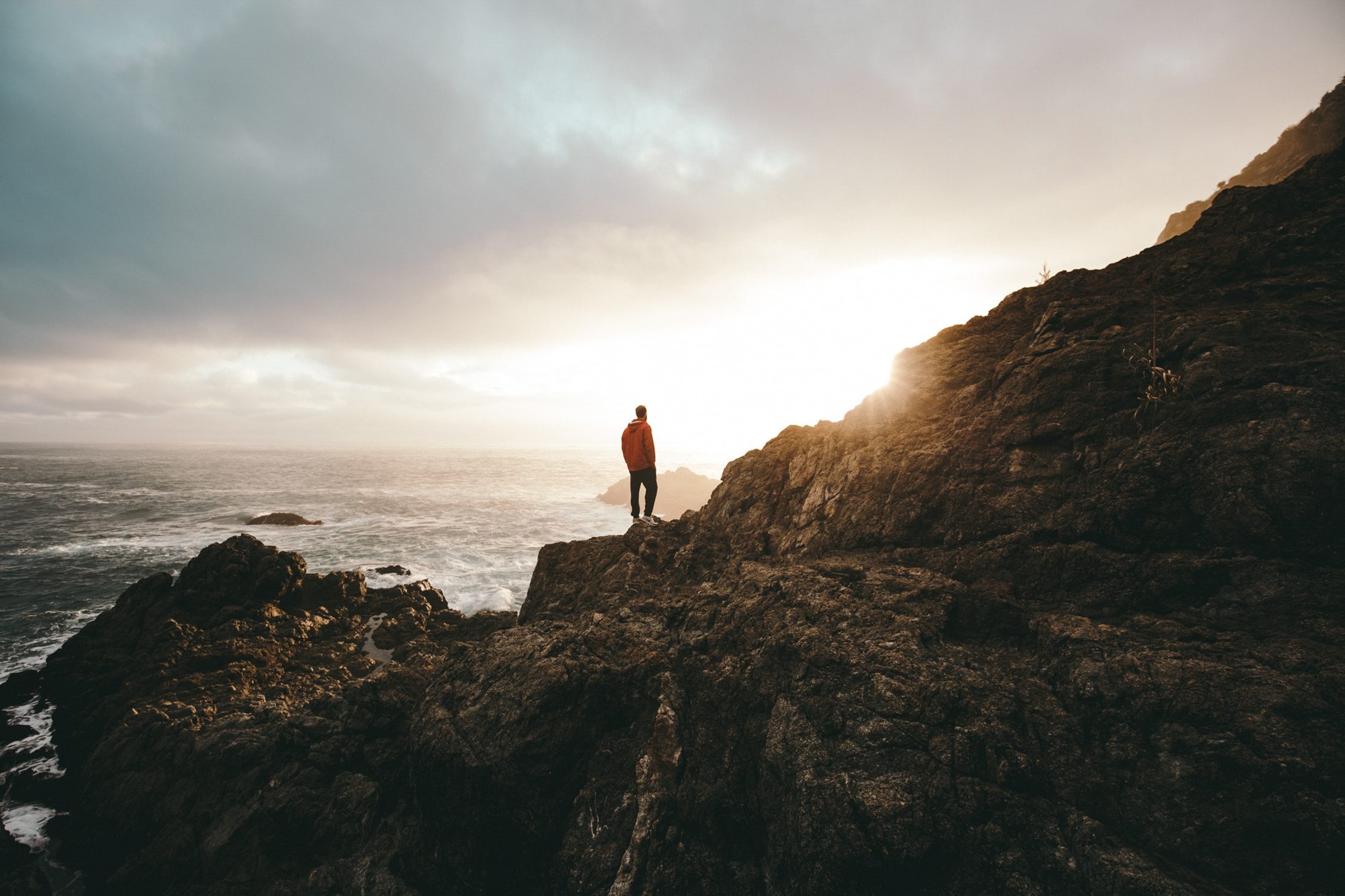Do you have an outstandingly beautiful landscape near you? Is this landscape so awe-inspiring and all-encompassing that the only way you can accurately capture it is from a distance? If so, you might want to try to capture it with a photoshoot. A long-range landscape photoshoot is perfect for stunning large features that you might encounter, typically in nature but perfectly possible in some city contexts. To adequately capture its charm and mystery, here’s what you need.
Lenses
The best lenses for landscape shots are debatable, some people prefer prime lenses to zooms, but it will be a matter of personal preference. You do need wide lenses, like 16-35mm or a 24mm to get that expansive feel.

Filters
You might want to get some filters. A circular polarizer will help to stop the intrusive reflection of the sun in wet or shiny objects, crucial when you’re working on a sunny day. Polarizers will also enhance the blue-ness of the sky. A neutral density filter blocks some light and slows down the exposure and can have different grades. Long exposure work requires higher grades and a 10-stop will help you get a smooth-water effect. A graduated ND is good when taking a photo of a landscape with mixed brightness (e.g. a sky that’s brighter than your foreground) as it will balance the light.
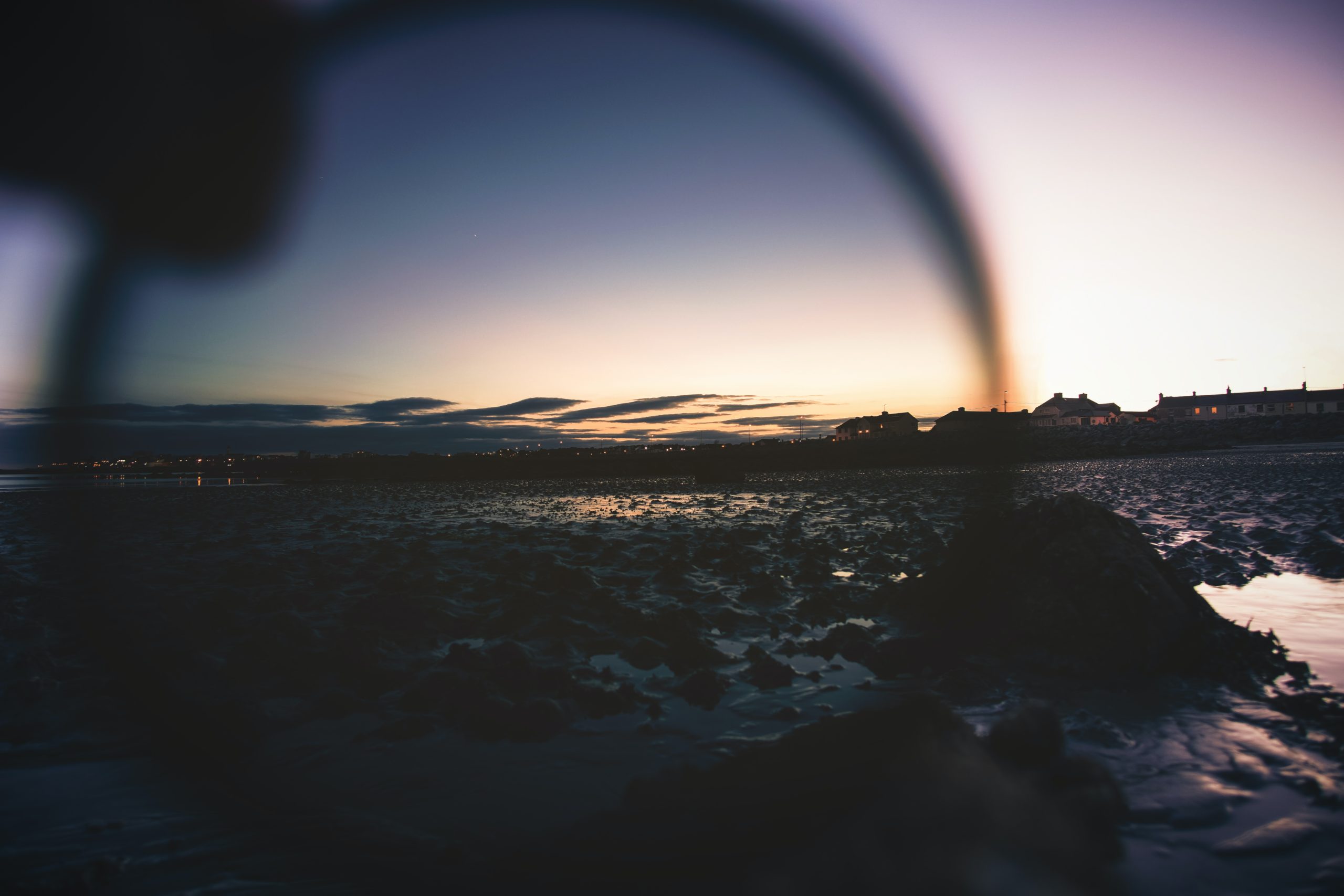
Models (optional)
Models aren’t typically associated with pure landscape shots, but they can really enhance the awe that a behemoth landscape inspires. It is also a great opportunity to bring a friend for some company on a long shooting trip. If you are bringing a model, it is important for you to communicate with them from a distance to position them properly. The best way to do this is with a walkie-talkie, but if you are sure you will have signal you could use a phone too. If you think you’ll need a walkie talkie but have no idea where to start, HTTPS://TALKIESPY.COM/ has some guides that can get you started.
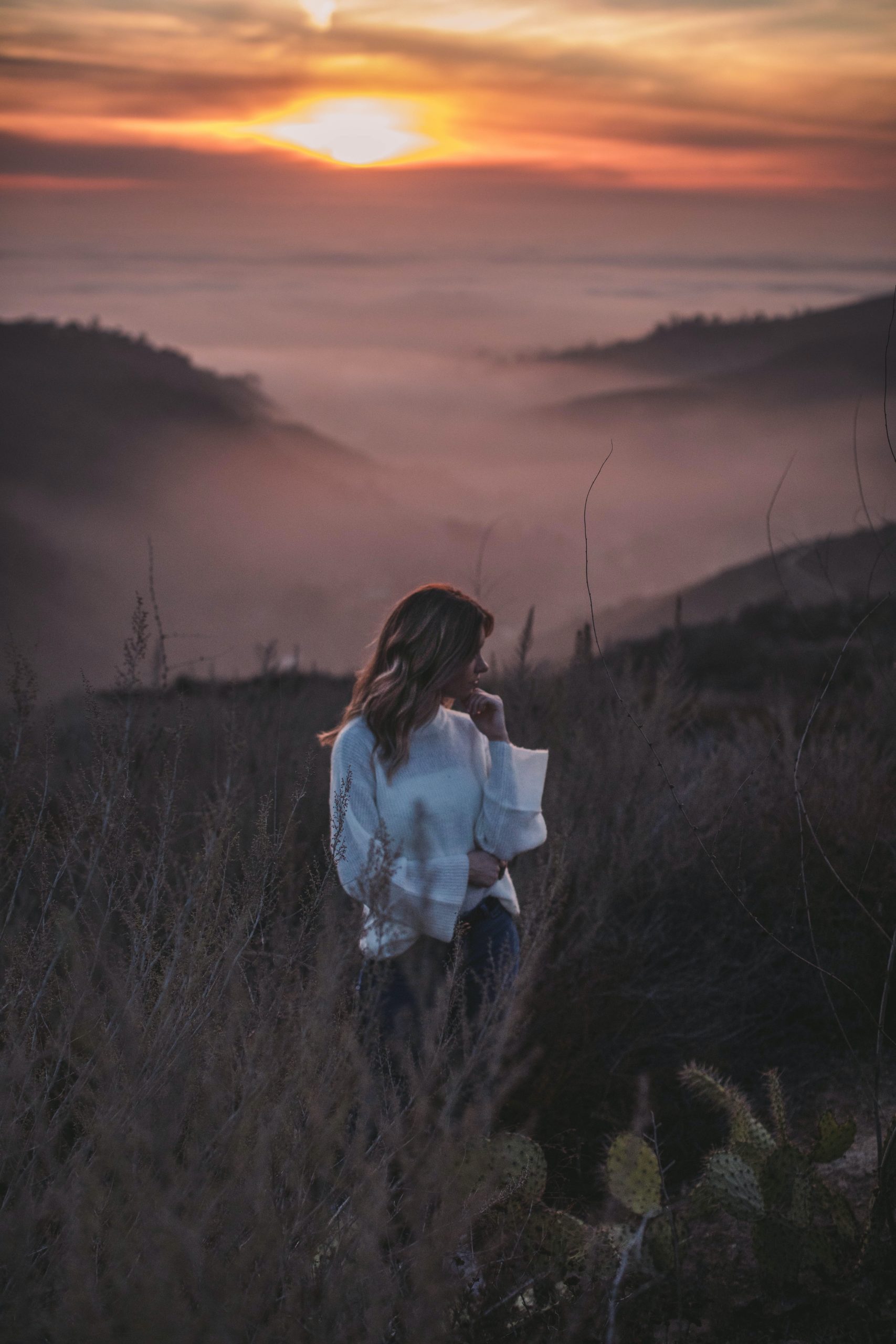
A Good Tripod + Cable
If you’re out in the wilderness, there’s a risk that you’ll want to put your camera in a position that is rocky, sandy or muddy. In these cases, a tripod will save the shoot. If you’re doing any long exposure shots, a tripod is also a must. Make sure you get a high-quality tripod, as a cheap one could be knocked over by wind and cause a lot of damage in repair bills. Unless you have extremely sturdy hands, you should use a cable or otherwise remote shutter release so you don’t shake the camera when you take the picture.
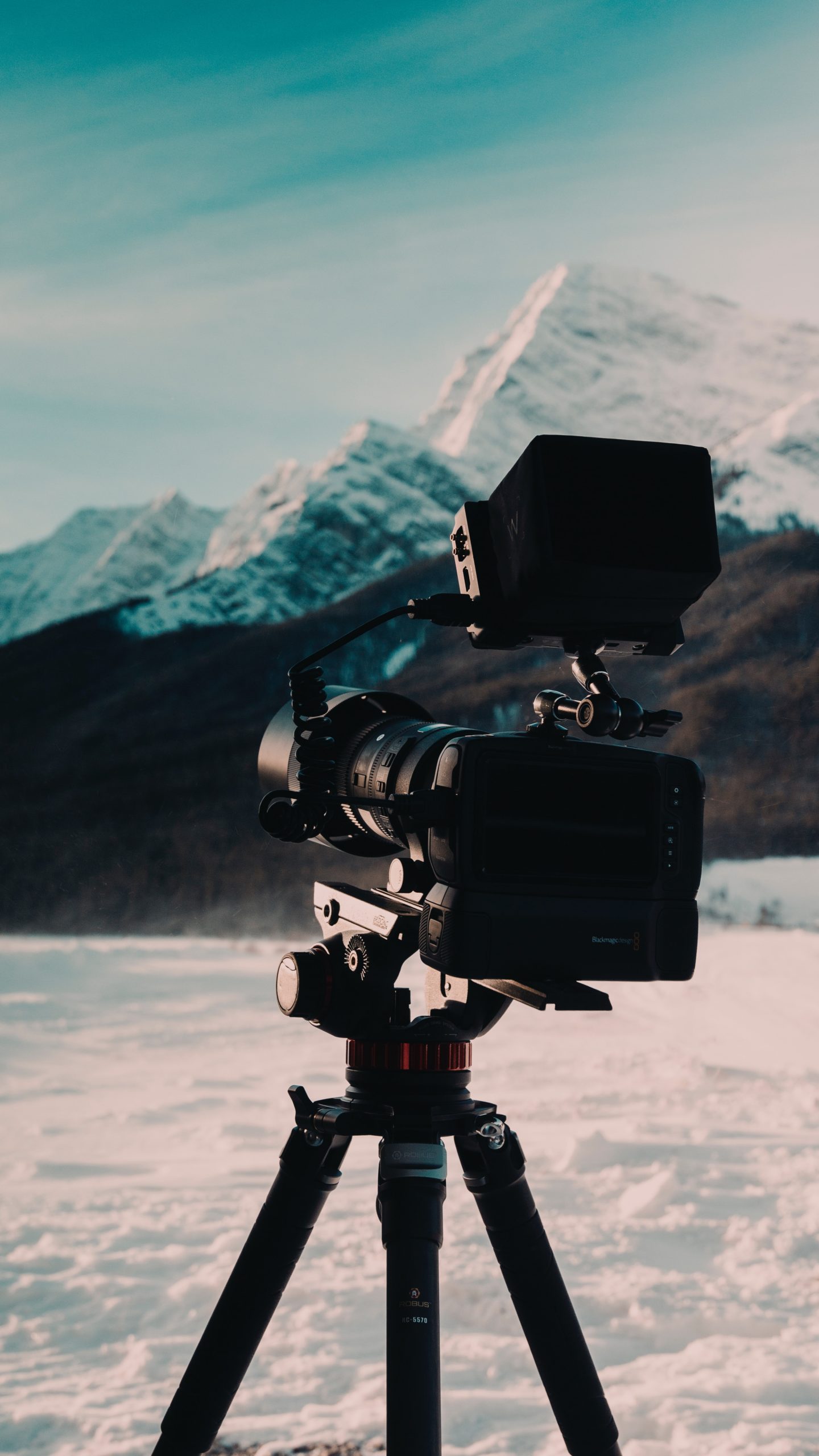
A backpack
If you’re doing any shoot in nature, be prepared to trek for a while and be prepared for bad weather. That’s why you need a strong, water-proof backpack with reinforced padding that will protect your gear in any instance. With a water-proof backpack you can even take your gear through rivers, using it as a float, but you need to make sure it is high quality and does not have any holes (test this before).
